School of Architecture, Southeast University (SEU) and the Stuart Weitzman School of Design, University of Pennsylvania (PENN) jointly organized the “Design with Nature Now” Asia tour, with Nanjing as the first stop. As part of the tour, they also co-hosted a summer school-themed “ARTIFICIAL NATURE: Towards Overcoming the Opposition Between Artifice and Nature.”
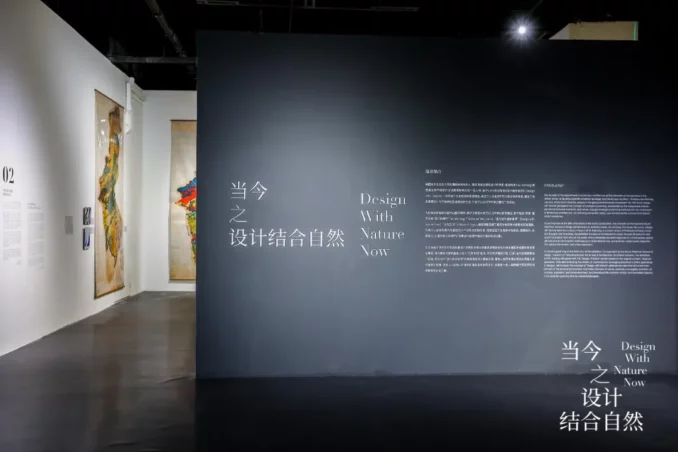
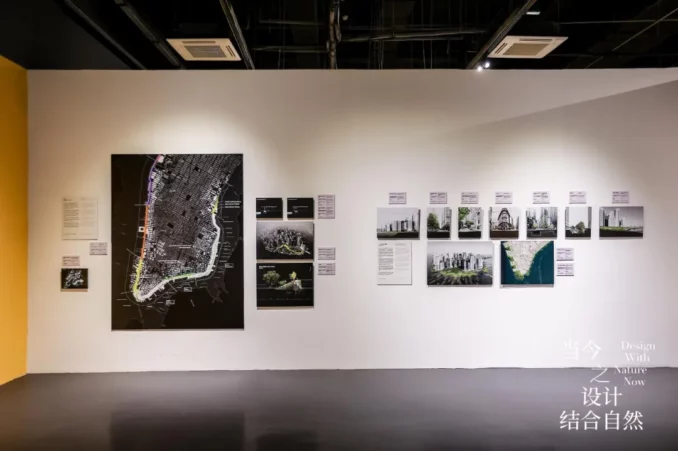
In the summer of 2024, students from Southeast University and the University of Pennsylvania will form ten interdisciplinary research teams to participate in a series of workshops. The goal is to engage with cutting-edge concepts by documenting and interpreting selected architectural, landscape, and urban design projects in Nanjing, Shanghai, Suzhou, and Yangzhou. These projects, while potentially radical, reflect emerging trends. By conducting field investigations and analyzing these exemplary projects, students will gain a deep understanding of the designs and discuss global issues and sustainable ecological development practices.
The following is a series of explorations by the students based on the outcomes of the summer school.
BREAKING BINARIES: Modeling Perception of Time, Place, and Materials
Southeast University: Qianwen Ding, Qianhui Wang, Haoning Li, Huiying Zhan
University of Pennsylvania: Carlotta de Bellis, Gianna Paglia, Robert Levinthal
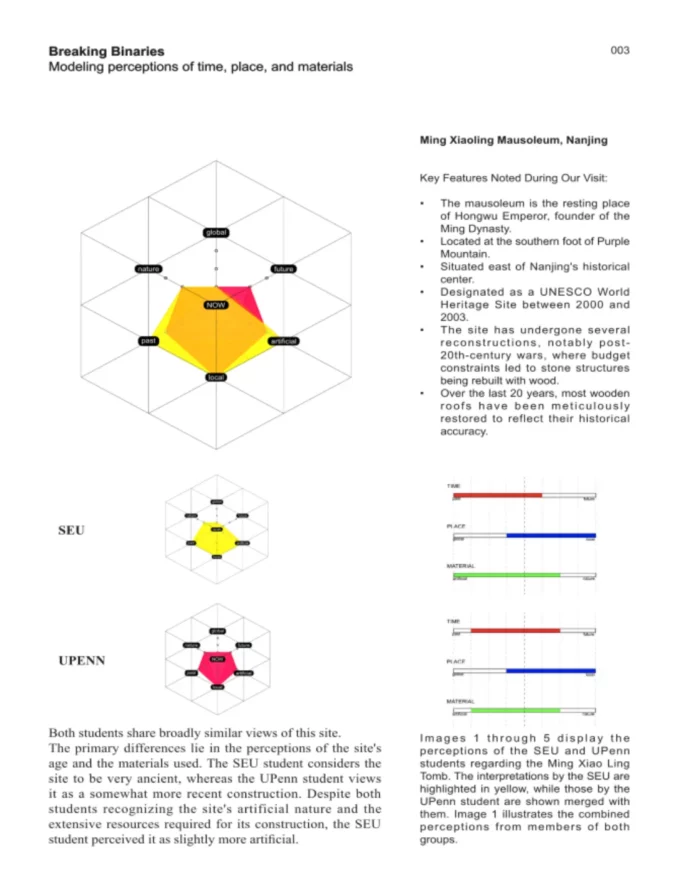
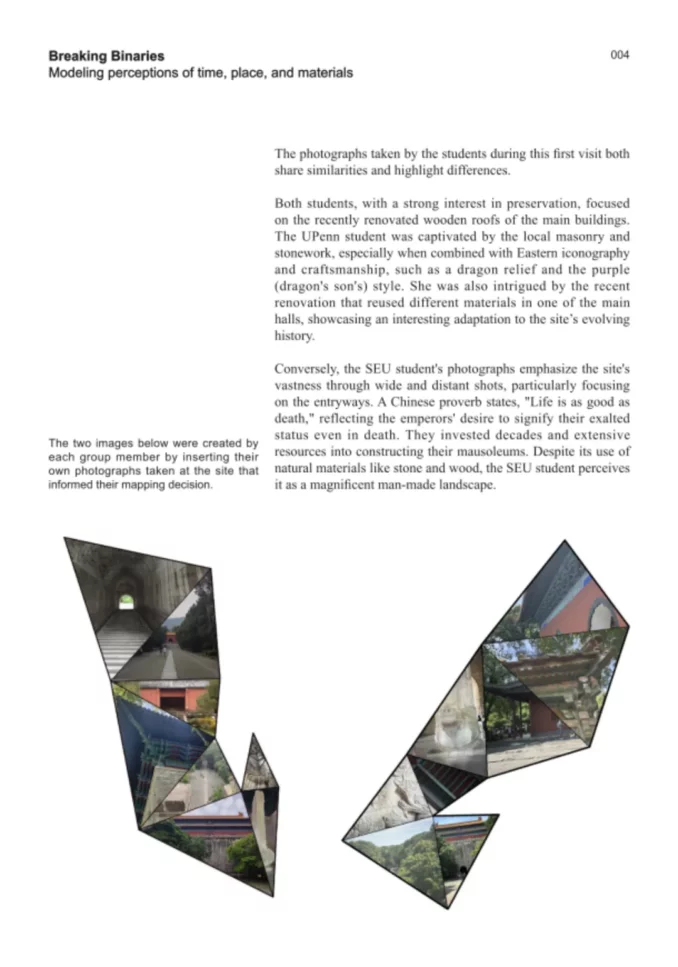
The team aimed to explore the differing understandings of architecture and the natural environment between Eastern and Western students. By creating 3D models, they compared students’ interpretations of famous sites such as Tiger Hill, the Humble Administrator’s Garden, and the Ming Xiaoling Mausoleum. The results showed significant differences in students’ perceptions of these locations. This research method effectively promoted cross-cultural dialogue, breaking down traditional binary oppositional thinking.
BEYOND STONE: Crossing Material Boundaries
Southeast University: Yilun Cao, Feiyu Zhao, Yuzhen Liu, Hongbu Wang
University of Pennsylvania: Anne Parker, Cate Orchard, Zihan (Henry) Wei
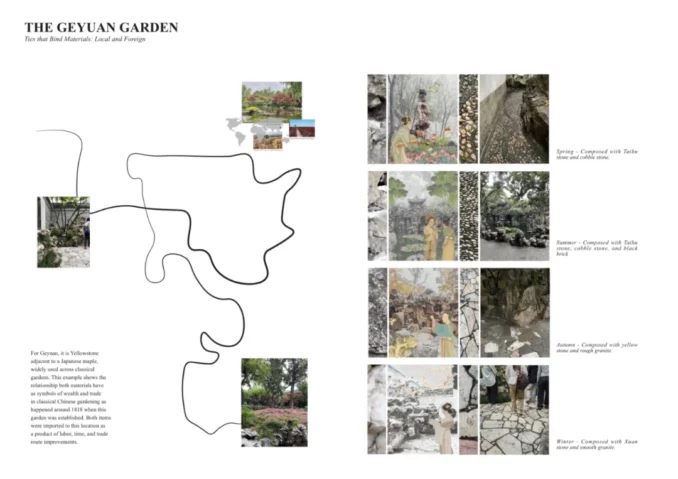
The team explored the application and cultural significance of stones in Chinese gardens, both ancient and modern. They conducted a detailed analysis of the various uses of stones in garden design, highlighting ecological sustainability, material diversity, and cultural innovation in their application. This reflects a continued pursuit of natural beauty and cultural heritage.
DIFFUSED BOUNDARIES: Experiential study of Interactions between the artificial and natural
Southeast University: Xin Du, Ruizhe Wang, Ye Tang
University of Pennsylvania: Andreina Sojo Faria, Clarasophia Gust, Siyu (Jasmine) Wu
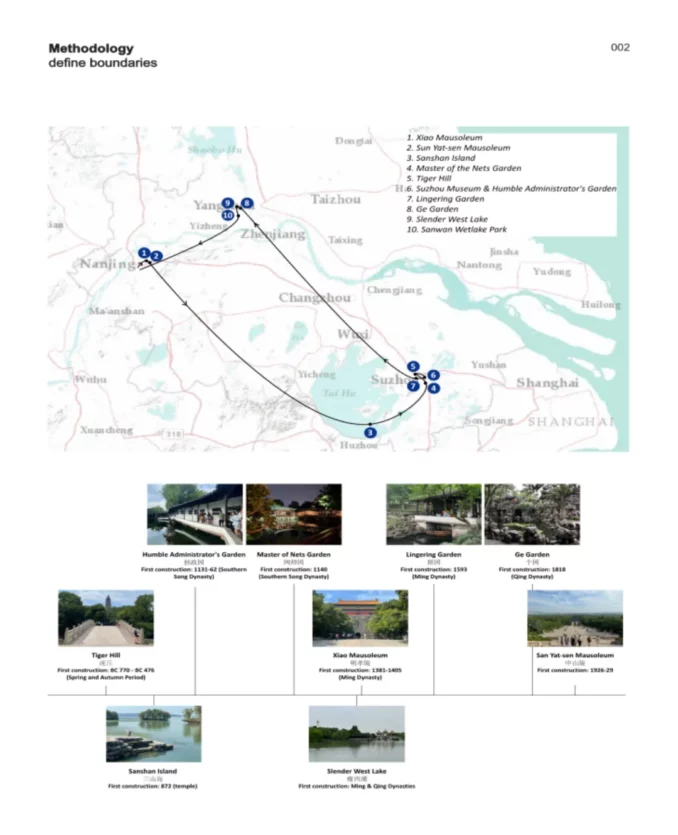
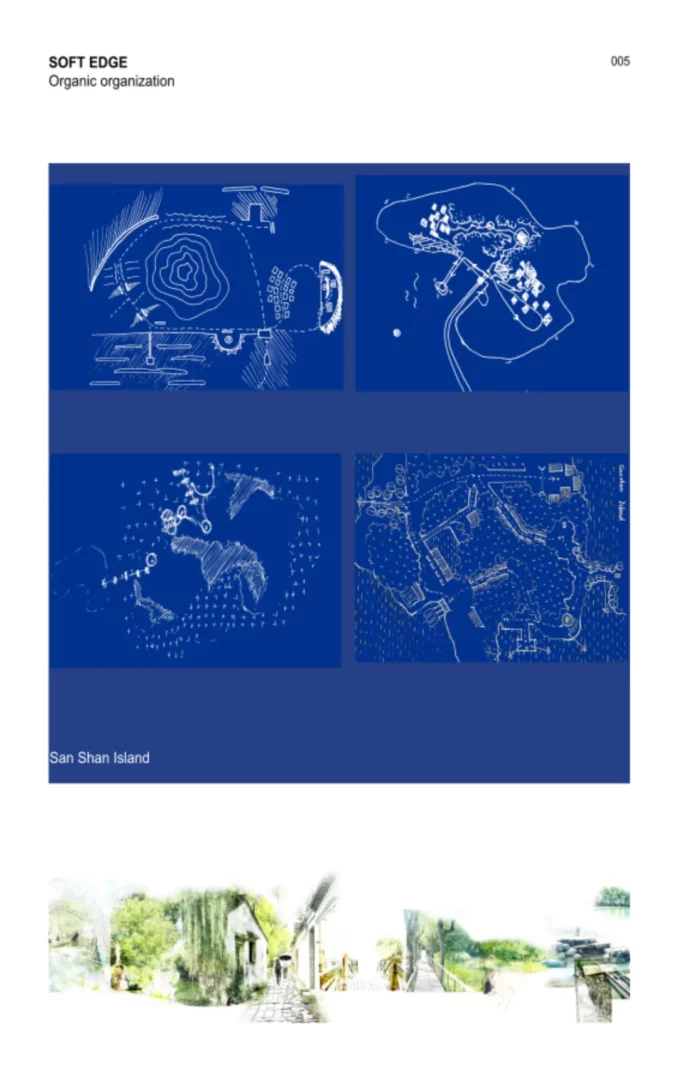
The team analyzed the characteristics of boundaries and people’s interactions with them from three perspectives: physical, cultural, and sensory. They revealed the importance of boundaries in architectural design. Blurred boundaries can inspire people to explore new places and observe changes, leading to a deeper understanding of their close connection with nature.
WATER IS LIFE: Jiangnan Waterscape Expo
Southeast University: Yanxiang Yang, Shuyao Ren, Sijia Fan
University of Pennsylvania: Alexandra Hayes, Jesus Frias, Rachel Aaronson, Sierra Caley
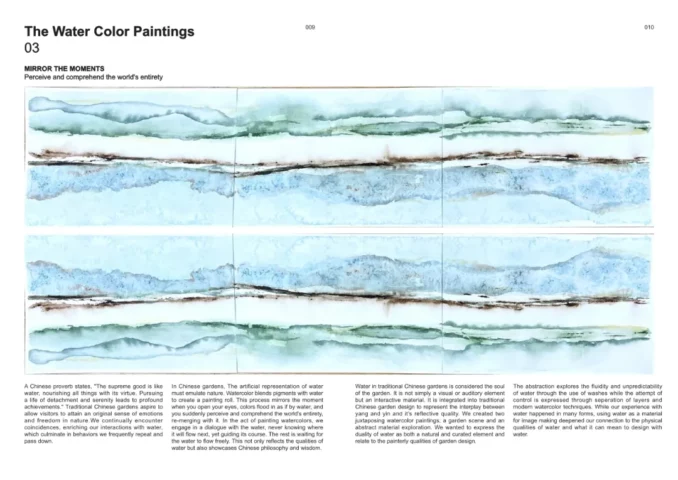
The team explored the Chinese “Shan Shui” (landscape) art style, focusing on the interaction between water and the landscape. Both modern water features and traditional garden water elements carry profound cultural and natural significance. Through artistic creations, the team expressed the emotional experiences water brings to people, emphasizing its importance as the source of life.
FROM HERE TO THERE: Distant Attraction
Southeast University: Rongqian Qiu, Yuhao Cheng, Yinan Chen, Zihao Dai
University of Pennsylvania: Charles Starks, Maria Fairchild, Brianna Belo

The team focused on design strategies for human interaction with nature through the concept of “borrowed scenery interaction.” They explored how designers meticulously plan moments of interaction between people and nature, analyzing spatial sequences and depth to reveal specific instances of interaction. The team also contrasted historical and contemporary examples to deeply explore the profound meanings of garden design.
IN BETWEEN: Dreams and Reality
Southeast University: Yi He, Yiting Wu, Yunshu Yang
University of Pennsylvania: Anwen Kelly, Brenton Cai, Courtney Ward, Yalei Zhu
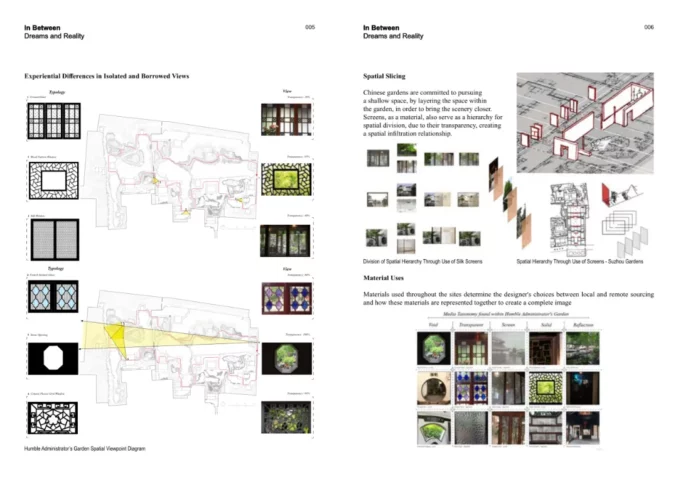
Using the Humble Administrator’s Garden as an example, the team explored how gardens utilize elements such as windows and screens to achieve spatial segmentation and visual framing. This guides viewers to focus on the beauty of each detail, integrating emotion into the design and inspiring the viewers’ imagination and creativity.
BEYOND BOUNDARIES: Between Artifice and Nature
Southeast University: Zhen Lei, Lingzhi Xu, Zixuan Aisin Gioro
University of Pennsylvania: Alexa Ringer, Jordan Arden, Julius Quartey-Papafio, Lillian Zhang
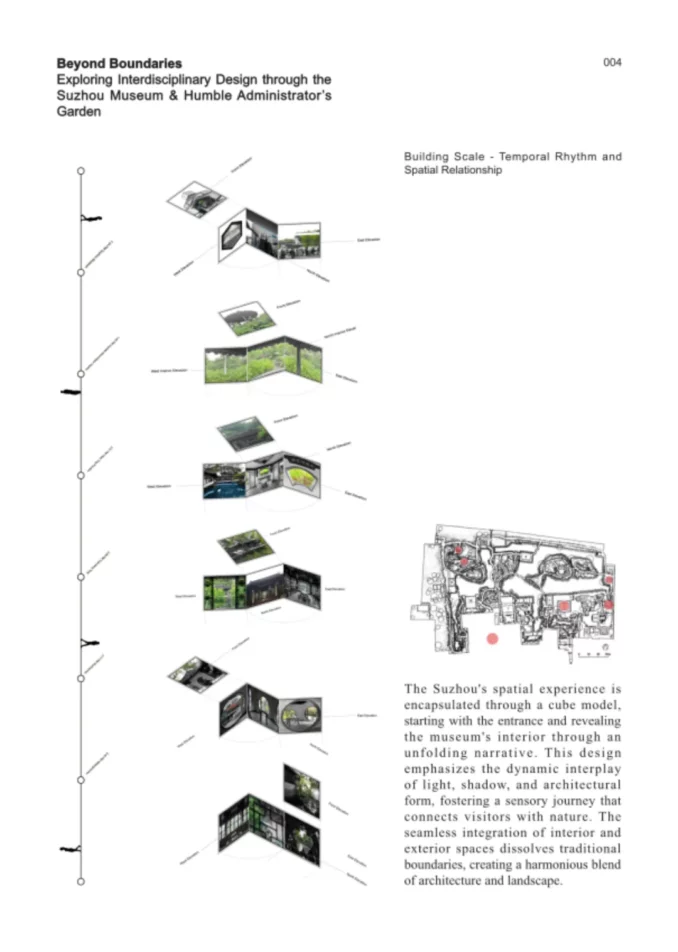
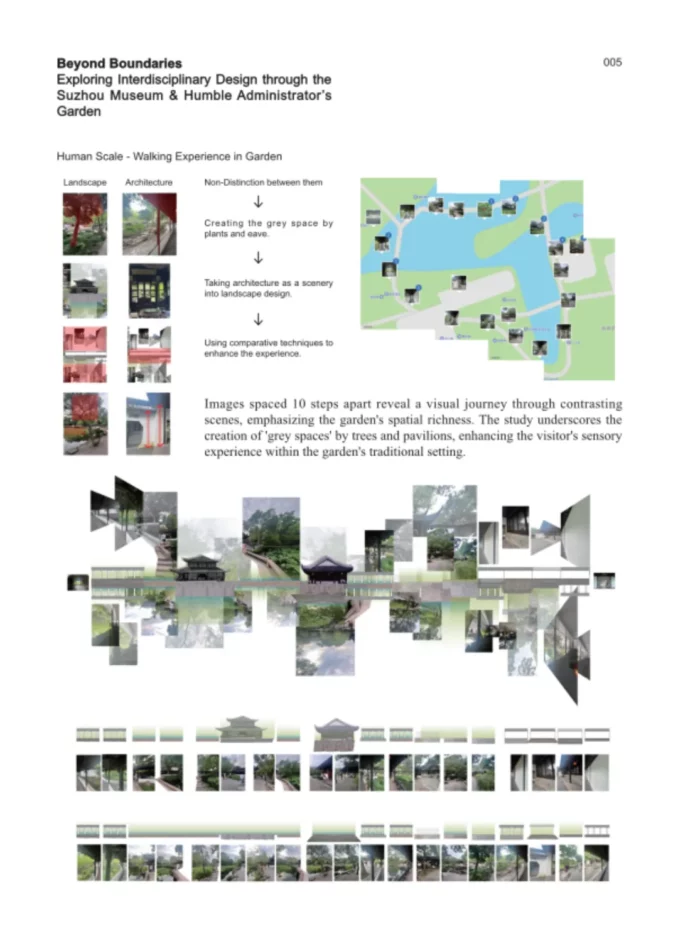
Through multi-scale analysis, the team revealed the core role of natural elements and human experience in shaping harmonious spaces, from site planning to architectural details and neighborhood environments. They emphasized the intrinsic connections between disciplines, offering new perspectives and inspiration for interdisciplinary design.
DESIGN WITH SHUI: EXPLORING THE INTERCONNECTIONS BETWEEN LANDSCAPE, ARCHITECTURE, AND URBAN DESIGN
Southeast University: Yan Peng, Yuning Zhuang, Yunlong Liu
University of Pennsylvania: Chesa Wang, Lahy Amman, Miranda Ayres, Ruby Nwaebube, Jichu Zhang
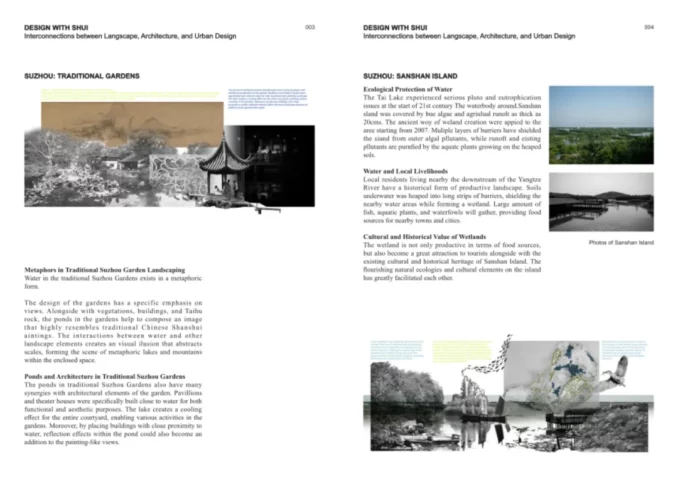
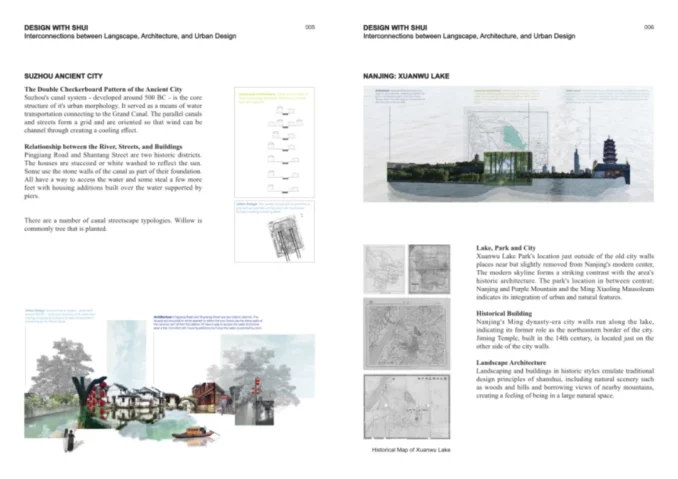
The team focused on the role and impact of water in traditional and modern Chinese landscape design, exploring its close relationship with architecture, landscape, and urban design. They examined how water shapes spaces and enhances ecological connections in modern urban design, while also emphasizing its significant role in China’s economic and cultural development.
Artificial Nature Toward Overcoming the Opposition Between Artifice and Nature
Director:
Tong Zhang, Fredrick Steiner
Academic Advisors:
David Leatherbarrow
Coordinators:
Zhongjie Lin, Yonggao Shi
Instructors:
Southeast University: Jun Cao, Gaochao Zhang, Tao Shou, Yipeng Wang, Chu Chu, Lin Wang
University of Pennsylvania: Yadan Luo
Acknowledgements:
Suzhou Municipal People’s Government
Yangzhou Municipal People’s Government
Sun Yat-sen Mausoleum Administration Bureau
Jinling STYLE
Jiangsu Zhusen Architecture Design Co., LTD
